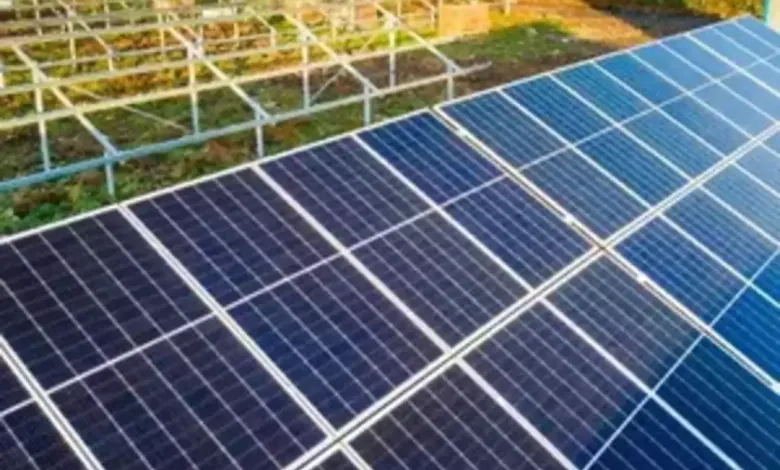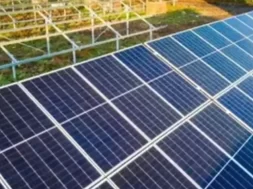
India’s Auto Sector Can Slash Emissions 87% by 2050 with Green Power and Low-Carbon Steel – EQ
In Short : India’s auto manufacturing emissions could drop by 87% by 2050 through full adoption of renewable energy and low-carbon steel, according to a CEEW report. Transitioning to hydrogen- and scrap-based steel production, along with decarbonizing the supply chain, is critical. With Scope 3 emissions making up over 83% of total emissions, industry-wide collaboration is essential for deep decarbonisation.
In Detail : India’s automobile manufacturing sector has the potential to reduce its emissions by up to 87% by 2050, according to a recent report by the Council on Energy, Environment and Water (CEEW). The reduction would be possible through the widespread use of renewable energy and the adoption of low-carbon steel in production processes.
The study emphasizes the urgent need for the auto industry to transition to clean energy sources, including solar and wind, to power manufacturing units. Electrifying operations with green electricity would significantly cut emissions from factories and assembly plants.
Another major contributor to decarbonisation is the use of low-carbon steel, which includes both hydrogen-based and scrap-based steel. Since steel is a major input in vehicle production, changing how it’s made can greatly reduce the industry’s carbon footprint.
Currently, Scope 3 emissions — which include emissions from the supply chain — account for more than 83% of total emissions in the auto manufacturing sector. This means that most of the emissions are not from final assembly but from the materials and processes used to make vehicle components.
Addressing these upstream emissions is critical. Manufacturers will need to work closely with suppliers of raw materials, especially steel, to ensure cleaner production methods and better energy efficiency. This supply chain collaboration is vital for meaningful progress.
The report also notes that technological innovation, coupled with supportive policies, can help make low-carbon materials more accessible and cost-effective. Government incentives and clearer emissions standards could accelerate the shift toward greener alternatives.
Decarbonising India’s auto sector is not just an environmental priority but also an economic opportunity. Cleaner manufacturing could help Indian automakers remain globally competitive as international markets increasingly favor low-emission products.
The transformation would require significant investment in both energy infrastructure and material innovation. However, the long-term benefits in terms of emission reduction and energy security make it a worthwhile goal.
As India moves toward its climate commitments and net-zero targets, the automobile sector’s role becomes crucial. Cutting manufacturing emissions through clean electricity and sustainable materials offers a clear path to a greener industrial future.











